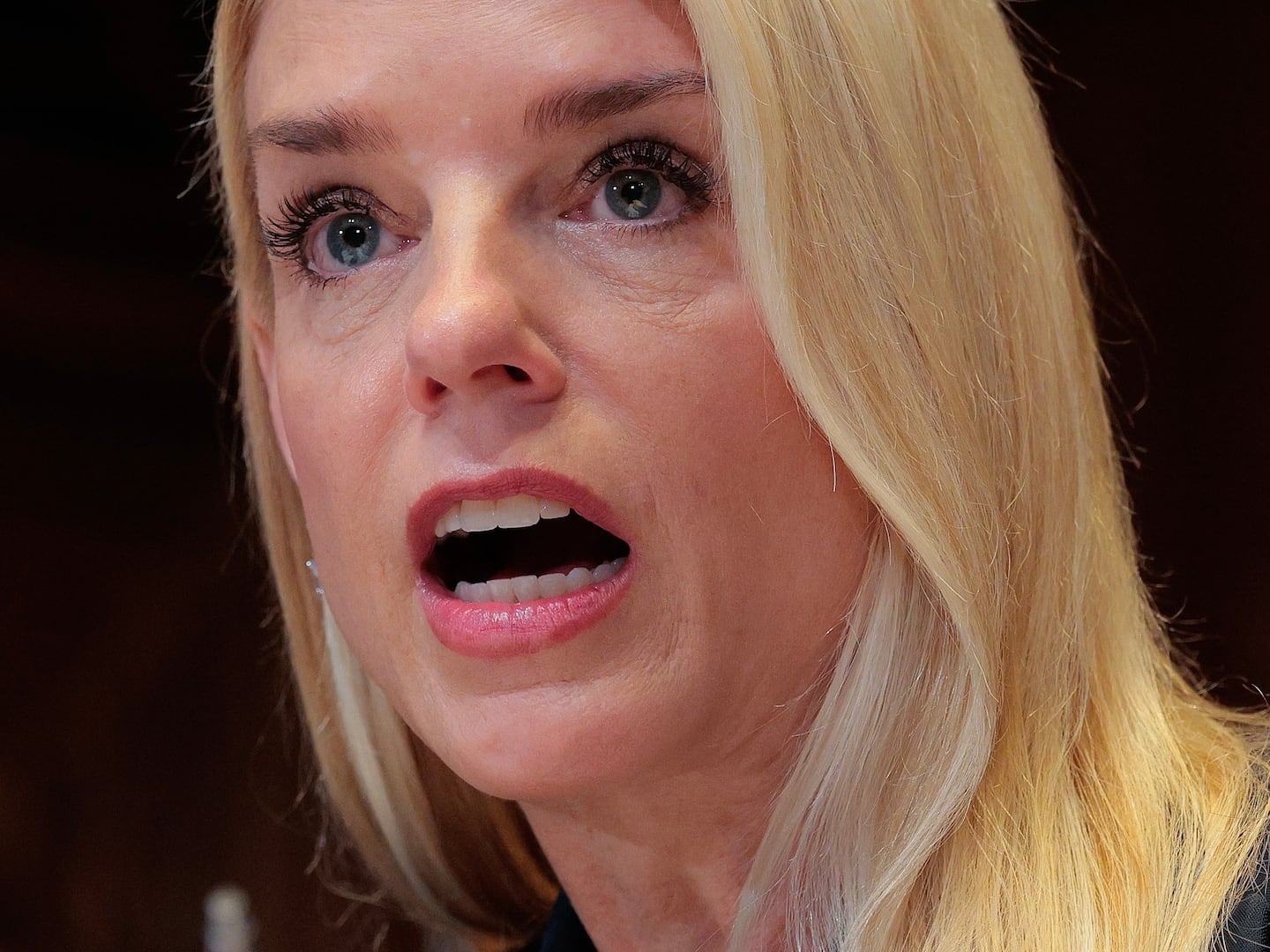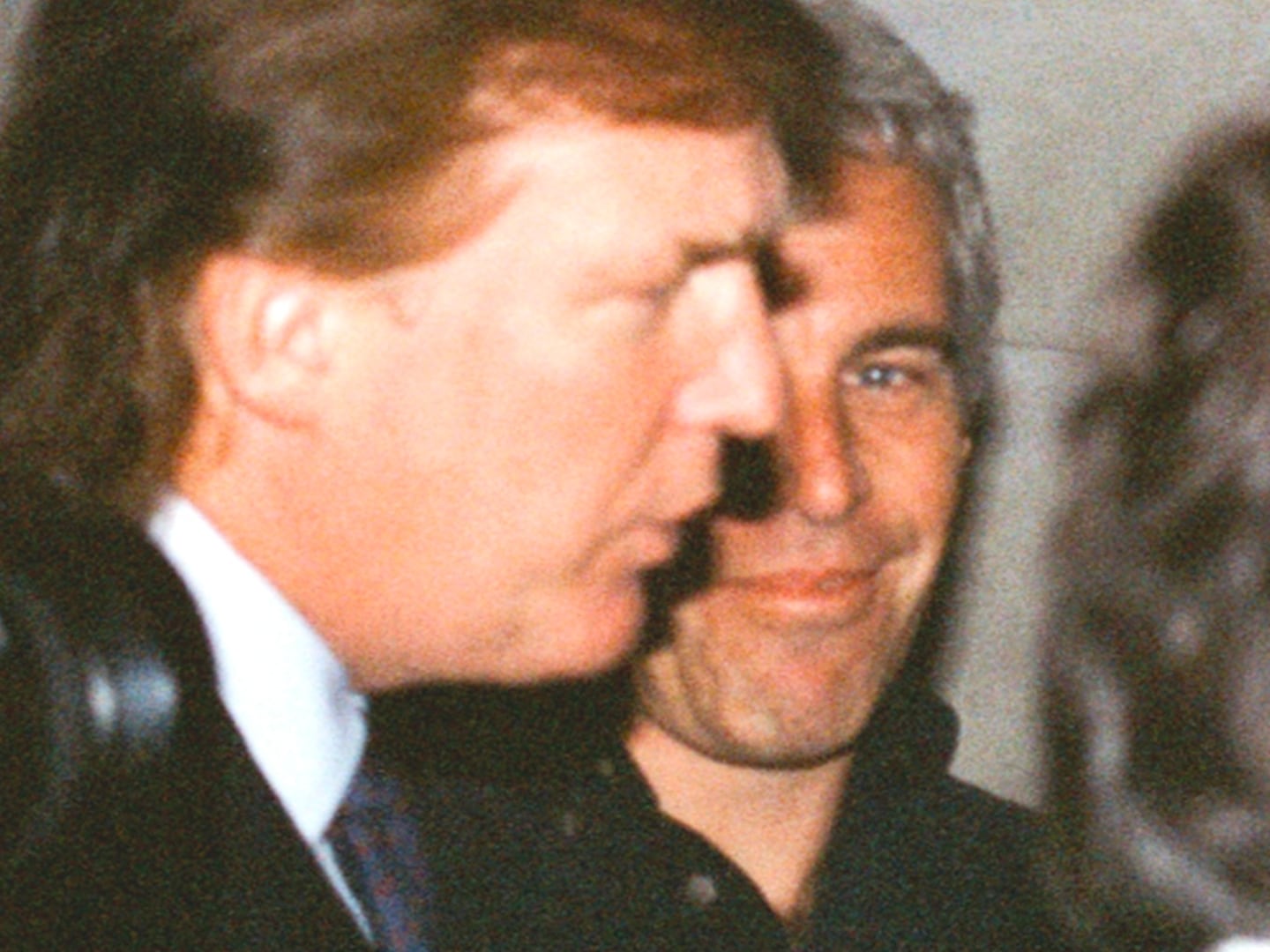If there’s one thing that National Geographic hadn’t planned for with its ambitious new event series, it’s the unfortunate-fortuitous timing. In the wake of the Nov. 8 Election Day results, Americans may never have been more interested in the viability of moving to Mars.
Filmed in 19 locations across the world, executive produced by Ron Howard and Brian Grazer, and set both in the present and the year 2033, Mars is a project on the grandest of scales: depicting how we will—not simply could—colonize Mars within the next two decades.
But with the future of humanity perhaps more acutely on everyone’s minds this week, the goal at its core seems far simpler, or at least blunter, than the hard-to-grasp goal of a mission to Mars.
“I think it’s important to get a self-sustaining situation on Mars as soon as possible,” SpaceX founder Elon Musk says early in the first episode of Mars, which premieres Nov. 14. “Because either we’re going to be an interplanetary species and a spacefaring civilization, or we’re going to be stuck on one planet until some eventual extinction event.”
It’s the end of the world as we know it… or at least, it will be eventually.
But as Mars reveals, the idea that we can save ourselves by learning how to sustain human life on the Red Planet isn’t the science fiction that we tend to scoff away as far-fetched make believe.
Mars jumps back and forth between documentary-style filmmaking about the technology and resources currently being devoted to getting us to Mars—featuring interviews with Musk, Neil deGrasse Tyson, The Martian author Andy Weir, NASA engineers, and even former Apollo 13 astronaut James Lovell—and a fictional narrative set in 2033, when the first human mission to Mars lands on the Red Planet.
The effect is a convincing case that this won’t just happen in our lifetime. For some of us, it will happen before we’re even very old.
“It isn’t like a great Star Wars set far, far away in a galaxy,” Justin Wilkes, who led the team of Mars producers, tells The Daily Beast. “This is all really happening today.”
Mars mounted one of the biggest productions National Geographic has ever undertaken, set in a format as unconventional as it is progressive: a hybrid documentary and narrative film, flitting between both as part of the same story.
There’s no secret that Hollywood attempts at depicting the future of space travel have been subjected to the wrath of scientists—the indomitable cosmologist Neil deGrasse Tyson chief among them. On board as advisors for Mars were Dr. Robert Braun, one of the world’s leading rocket scientists, and Dr. Mae Jemison, the first African-American woman in space, who worked with the cast on how astronauts would behave in certain situations and scrutinized all of the scripts.
Wilkes says there was pressure, too, to present facts and science in an accurate way to earn the respect and trust of the visionaries who not only collaborated on the series, but who consider the mission to be such a necessity.
“What we found was when we held ourselves to that rigor, it helped push the drama further than probably we could have even imagined had we been fabricating everything in a room, because suddenly it became very real,” says the producer, who was nominated for Oscars for the documentaries What Happened, Miss Simone? and Paradise Lost 3: Purgatory.
The entire project was born out of a meeting between Wilkes and Musk, with Wilkes hoping to do a documentary about what the business magnate and engineer was accomplishing with his SpaceX program, a private company that has grown to employ a better launching record than basically any rocket company in the world—all while leading the rallying cry to bring that track record to Mars travel, says How We’ll Live on Mars author Stephen Petranek in the series.
But Musk’s frank response to Wilkes indicated that he wasn’t as interested in doing a documentary on himself as he was interested in telling the bigger story about why we as a species need to go to Mars and become an interplanetary race.
The rest got off the ground, so to speak, rather quickly, with Wilkes reaching out to friends Ron Howard and Brian Grazer, who were immediately on board, and a Who’s Who of the engineering and space travel world eager to participate in the documentary part of the series. But the challenge of how to bring an audience along for the journey to Mars remained: not only showing how merely landing there is a tangible goal, but also what happens when we get there.
“Our goal wasn’t just to plant the flag and leave, or get rescued,” Wilkes says, a nod to the box-office success of Matt Damon’s The Martian. “Our goal was to stay there. Our goal was to colonize it.”
To show that, they had to script a scientifically viable future, create characters with real emotional stakes—families left behind, medical issues to combat, love connections to make in outer space—and ground that fiction in a relatable, human reality, one that viewers, even ones whose eyes glaze over at the thought of sci-fi, invest in.
Because, Wilkes points out again, this isn’t sci-fi. It’s the world we live in today.

“Most of what you see in the show are technologies that currently exist today,” he says. “If we’re going to launch a mission 15, 16 years from now, there’s not going to be some magical hologram or some giant ship that replicates gravity. We’re pretty much using technology that exists today, maybe just a little bit further along.”
While, sure, there are soap operatic elements to the dramatized portions of the show, jarring the viewer out of talking head interviews in the documentary half of the series to the slick, blockbuster-ready high stakes of a 2033 rocket launch—and all the somewhat cheesy dialogue and heightened emotion that comes with it—the producers succeed in one goal: making Mars the series seem bigger than a documentary.
To wit, an 18-story replica rocket ship was erected on the Erfoud desert set in Morocco that doubled as the unforgiving surface of the Red Planet. Temperatures climbed to 122 degrees Fahrenheit during filming, with actors relying on cool-water contraptions under the spacesuit costumes to keep them upright.
“What I keep reminding myself is that going to Mars is ambitious,” Wilkes says. “So producing a show about Mars is not nearly as ambitious as actually planning a trip there.”
Luckily, that ambition fits directly into the zeitgeist. President Obama has promised in speeches that we will put a human on Mars. Musk’s SpaceX endeavors continue to make news. And, like many things in the world, it takes pop culture to be a wakeup call for larger audiences about certain issues, and The Martian did this cannily with the cause of making it to Mars.
The casual consumer might still shrug that we should be investing in more immediate solutions to saving our own planet before we try to get off it, or might even consider something like life in space to be an inevitability after decades of consuming sci-fi films and TV shows, making their investment in Mars a passive one. Mars, Wilkes thinks, will speak to them.
“You and I grew up looking at space launches, and at our parents looking at Apollo, and it was something to get excited about,” he says. “We haven’t had that in a while, frankly. Read any press about what’s happening in the world, it’s sometimes depressing. It’s nice to have something that optimistic: if the world can come together for something as significant as putting people on Mars, then what else are we capable of doing? I think we need that hope.”
Hope, indeed. Make Mars Great Again.






